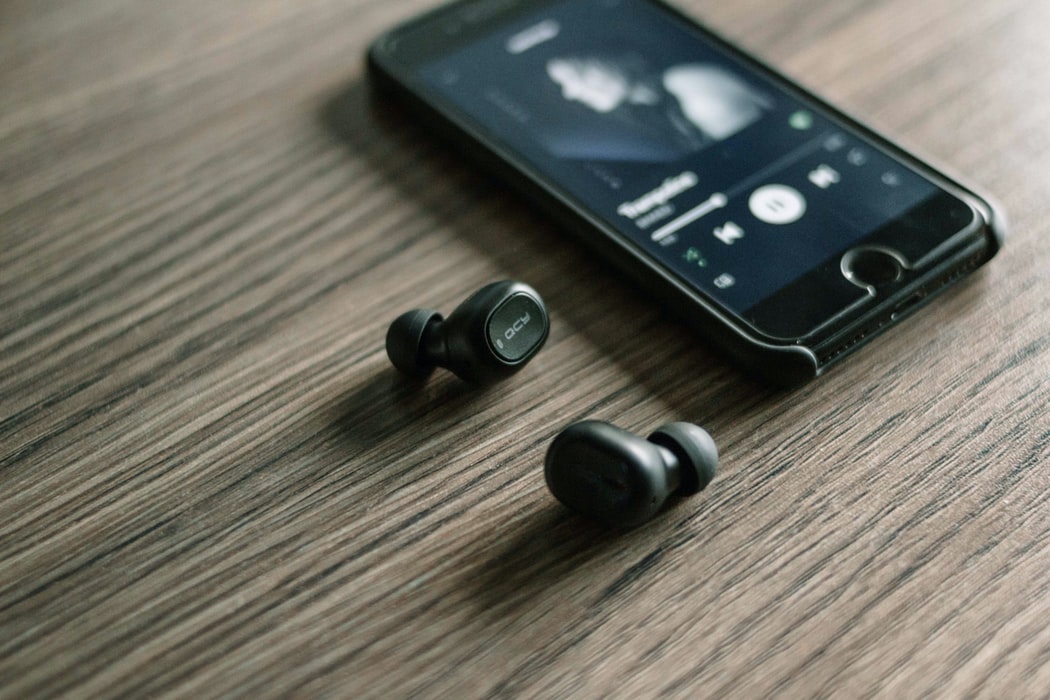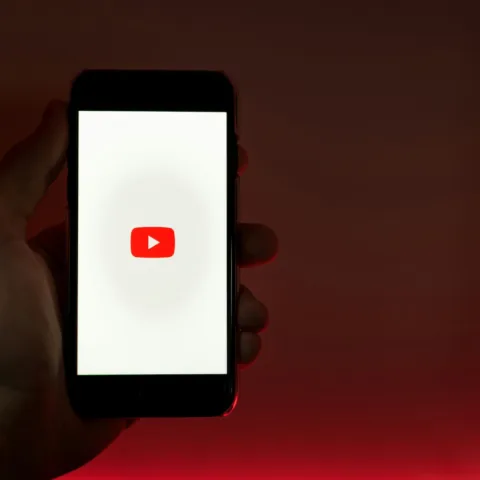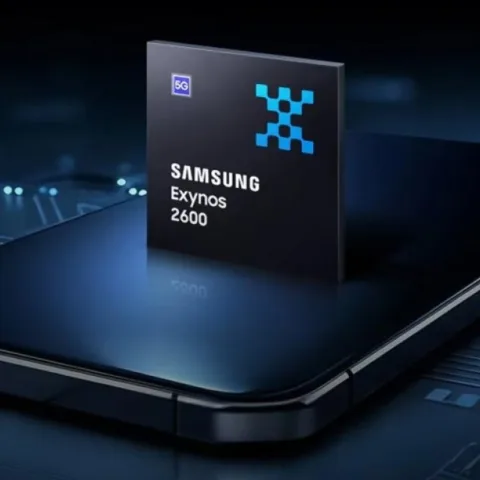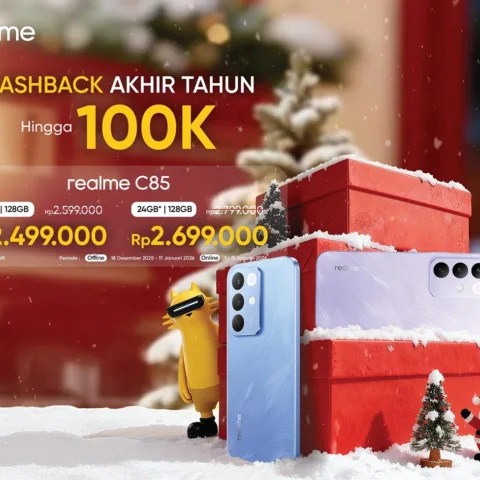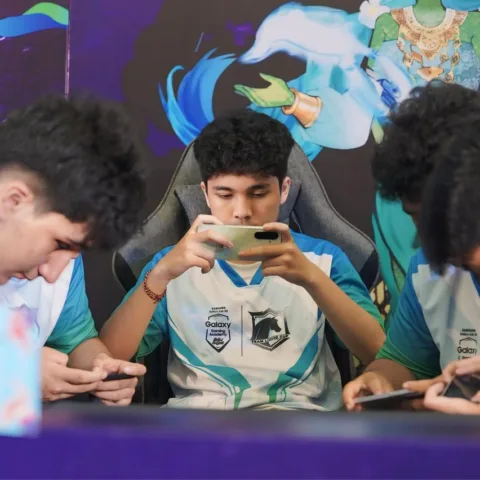Last Friday, I came (a bit late) to a discussion forum and get-together held by Seven Music, attended by people from many walks of life, among them artist management, bands that are just starting out, to bands who have signed on to Seven Music. I was introduced to a few of the attendees, among them a band called Tokyolite, who just finished their home recording EP, and were offering their CD for sale. It turns out that they have already had a chance to play on a TV show in Japan, after being discovered by the TV show’s producers through their YouTube videos. Tokyolite is naturally still at the start of their career, and if they are smart, they can take advantage of these opportunities to further their music careers.
Throughout the years, introducing music to listeners has been an integral part of the music industry. Every year there is always new music that wants to be listened to, and one of the functions of the media industry is to fulfill this need. Of course, with the defragmentation of media coinciding with the rise of the internet, discovering music has become challenging, although many platforms empower that. Bands that distribute music through the internet must not stop there, because they need to attract attention – and compete with millions of other websites, whatever the content may be – so that people will come and enjoy their music.
So, other than creating music, a band must also find a way to distribute their music to listeners or potential listeners. Many bands use services like Myspace or Bandcamp so that they don’t have to create their own website, and use the social media power of the userbase. Some are skilled at using services like Youtube, like the example above, but other than their own efforts, bands will need help in reaching wider distribution.
Naturally, with the spread of the Internet and the decreasing costs of music production, the amount of music distributed has risen exponentially, so sometimes the standard ways of distributing music are not enough. There are a few services that help listeners discover new music: from Shazam, which records the song you are listening to, matches the recording with the database, and replies back with information about that song; Pandora, that will create a radio playlist based on provided keywords, to Soundwave, which maps what songs are being listened to in a certain area.
Curation is also a way listeners can discover music. Previously, music listeners would depend on information from their favorite music magazines and journalists (to this day, at least) to write and cover about new up and coming bands. Today, Ohdio (where I work) offers music curation based on moods or themes, 8tracks offers playlists curated by other people, and of course there are services like iTunes Radio and Nokia Mix Radio which has launched in Indonesia. The relevance of these services, as are music journalists, will depend on the trust of the listeners of the selection.
In the end, whatever the platform or service used by the bands, it all depends on the listener. When a band already has a profile on SoundCloud, it does not guarantee the band an audience. It is just the same with musical instruments – the guitar may be the same, but the music played and who the potential listener is will define the future of the band itself. In summary, where there are listeners, that is where the bands needs to be to attract the listener’s attention, because as with the Tokyolite example, they had the chance to play in Japan not because of a video on YouTube, but a combination of factors: luck, skill, good music, and knowledge on how to utilize platforms like YouTube.
 Ario is a co-founder of Ohdio, an Indonesian music streaming service. He worked in the digital music industry in Indonesia from 2003 to 2010, and recently worked in the movie and TV industry in Vietnam. Keep up with him on Twitter at @barijoe or his blog at http://barijoe.wordpress.com.
Ario is a co-founder of Ohdio, an Indonesian music streaming service. He worked in the digital music industry in Indonesia from 2003 to 2010, and recently worked in the movie and TV industry in Vietnam. Keep up with him on Twitter at @barijoe or his blog at http://barijoe.wordpress.com.

